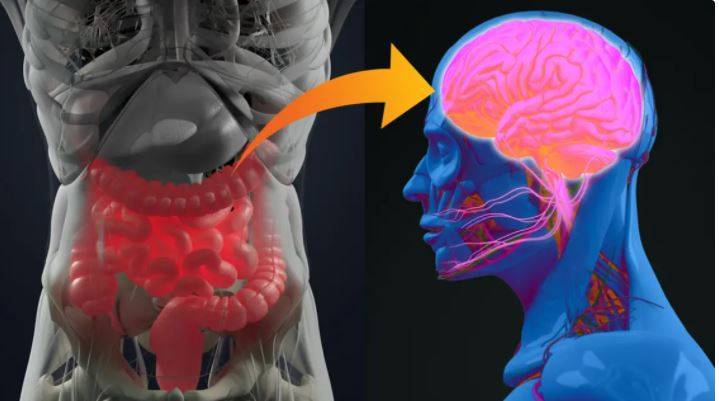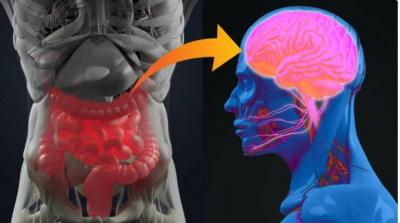A recent study may change the approach and treatment for stopping Alzheimer's disease, which has baffled scientists for decades and was previously thought to be solely linked to the brain. A series of scientific experiments conducted by British researchers have revealed that the gut represents an alternative target that may be easier to influence with drugs or dietary changes to halt dementia. During a conference held in Brighton, UK, on Wednesday, a series of experiments linking the digestive tract to the development of Alzheimer's disease were presented, according to the British newspaper "Daily Mail."
#### Gut Microbes
One experiment presented at the conference showed how the microbiomes present in the gut differ significantly among patients with Alzheimer's compared to those without the disorder. Another experiment found that rodents who underwent direct "fecal" transplants from Alzheimer's patients performed worse in memory tests.
#### Inflammation Levels
Additionally, a third experiment concluded that brain stem cells treated with blood from patients with the disorder were less capable of building new nerve cells. The gut bacteria in these patients affect inflammation levels in the body, which subsequently impacts the brain by supplying blood. Furthermore, inflammation is a key factor in the development of Alzheimer's disease. Dr. Edina Selajitc, a neuroscientist from King's College London, who participated in analyzing samples from Alzheimer's patients, mentioned that most people are surprised that gut bacteria can have any effect on their brain health. She added that there is increasing evidence for this, noting that scientists are building their understanding of how this occurs.
#### Discovery of Alzheimer's
It's worth mentioning that Alzheimer's was first discovered by Dr. Alois Alzheimer in 1906, who observed changes in the brain tissues of a woman who died from an unusual mental illness. Doctors typically diagnose Alzheimer’s disease when they find a combination of amyloid plaques and neurofibrillary tangles, along with dimensions. It is known that abnormal accumulation causes Alzheimer's disease, which involves two types of proteins: one called amyloid, which forms deposits that create plaques around brain cells, and the other called tau, which forms tangles inside brain cells.




